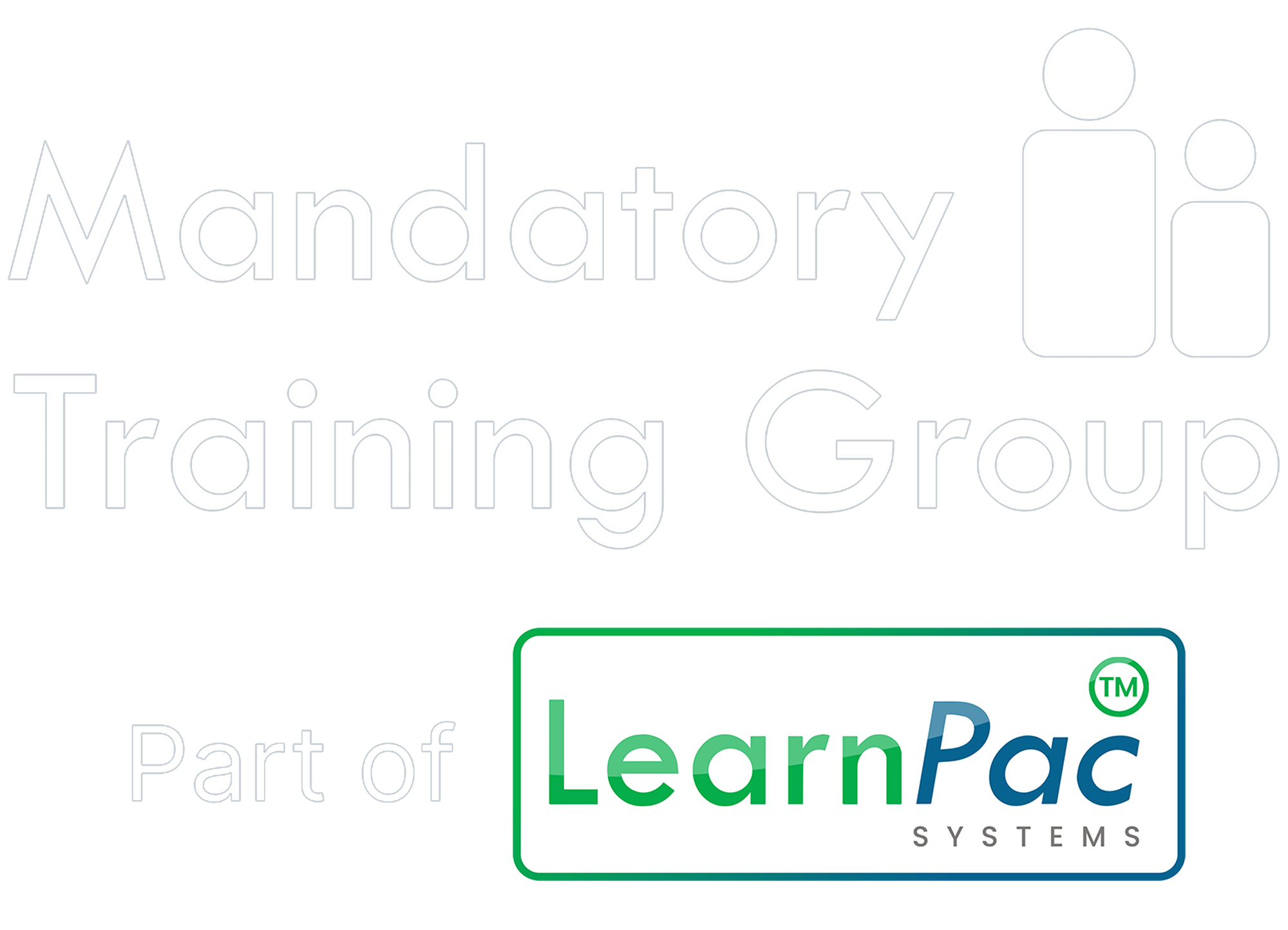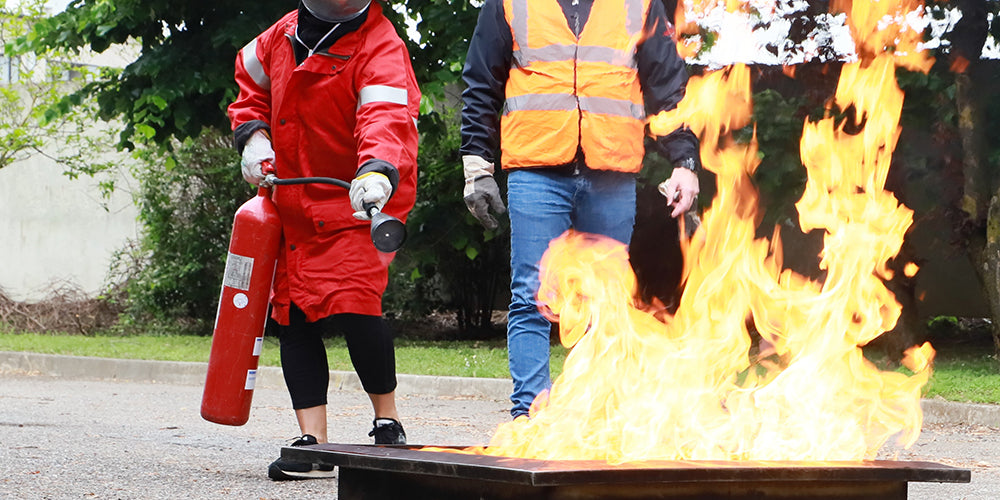You have no items in your shopping basket.
Moving and handling objects (social care) eLearning courses
The vital importance of effective moving and handling objects in UK settings
Rose Mabiza
17-04-2024
Moving and handling objects in workplaces across the UK is an everyday occurrence. From healthcare facilities to warehouses and construction sites, employees are regularly tasked with lifting, carrying, and moving objects of varying sizes and weights. However, many may need to realise the critical importance of compelling moving and handling practices in ensuring both workers' safety and businesses' smooth operation. In this blog, Rose Mabiza will explore why effective moving and handling is vital in UK settings, examining key facts, legislation, and best practices and offering recommendations for improvement.
Key facts and statistics
- According to the Health and Safety Executive (HSE), manual handling injuries account for approximately 21% of all workplace injuries in the UK.
- The HSE also reports that an estimated 6.9 million working days were lost due to work-related musculoskeletal disorders (MSDs) in 2020/21, with manual handling significantly contributing.
- Manual handling practices result in physical injuries and increase absenteeism, decreased productivity, and financial losses for businesses.

Image by Rawpixel via Envato Elements

Image by s_kawee via Envato Elements
Key definitions
- Moving and handling objects - Safely transporting items to prevent injury. It typically involves techniques, equipment, and training to minimise risks associated with manual handling tasks.
- Manual handling - The physical handling of items by human effort, including lifting, lowering, pushing, pulling, carrying, or moving.
Relevant legislation, regulations, and best practices
- Legislation - The UK's primary legislation governing moving and handling objects is the Manual Handling Operations Regulations 1992 (MHOR). This regulation requires employers to assess and manage the risks associated with manual handling tasks.
- Regulations - Additionally, the Health and Safety at Work Act 1974 sets out employers' general duties to ensure their employees' health, safety, and welfare.
- Best practice guidance includes documents such as the HSE's manual handling at work - A Brief Guide and the Chartered Institute of Ergonomics and Human Factors' "Ergonomics at Work: Manual Handling".

Image by MargJohnsonVA via Envato Elements

Image by wichayada69 via Envato Elements
Mastering moving and handling - Essential training for workplace safety
The consequences of ineffective moving and handling
- Injuries - Poor moving and handling practices can result in various injuries, including strains, sprains, and musculoskeletal disorders, which can cause workers pain and discomfort.
- Absenteeism - Workplace injuries often lead to absenteeism, as employees require time off to recover, which impacts productivity and workflow.
- Financial costs - Businesses incur financial costs due to lost productivity, compensation claims, and potential fines for non-compliance with regulations.
Implementing effective policies and procedures
- Conduct risk assessments - Identify hazards and implement control measures to mitigate risks associated with manual handling tasks.
- Provide training - Ensure employees receive comprehensive training on safe moving and handling techniques, including proper lifting and carrying methods.
- Use appropriate equipment - Provide ergonomic aids and equipment to reduce physical strain on employees and facilitate safe handling practices.
- Encourage reporting - Create a culture where employees feel comfortable reporting concerns or injuries related to moving and handling tasks.

Image by ORION_production via Envato Elements

Image by margaritaylita via Envato Elements
Recommendations for improvement
- Invest in training - Allocate resources to provide regular training and refresher courses for employees involved in manual handling tasks.
- Review policies - Regularly review and update moving and handling policies to ensure compliance with legislation and best practice guidance.
- Promote awareness - Raise awareness among employees about the importance of safe moving and handling practices through workshops, posters, and safety briefings.
- Lead by example - Managers and supervisors should demonstrate and promote safe handling practices to their teams.
Conclusion
Effective moving and handling practices are essential for safeguarding the health and well-being of employees and maintaining a productive work environment. By prioritising training, implementing robust policies, and promoting a safety culture, businesses can reduce the risk of injuries, improve productivity, and ensure compliance with legislation. It's time to recognise the critical importance of effective moving and handling in UK settings and take proactive steps to protect workers' safety.
Are you looking to enhance your team's moving and handling skills? Explore our accredited training courses today and ensure your workplace has the knowledge and expertise to promote safety and compliance.

Image by nuttapong_mohock via Envato Elements
Moving and handling objects in workplaces across the UK is an everyday occurrence. From healthcare facilities to warehouses and construction sites, employees are regularly tasked with lifting, carrying, and moving objects of varying sizes and weights. However, many may need to realise the critical importance of compelling moving and handling practices in ensuring both workers' safety and businesses' smooth operation. In this blog, Rose Mabiza will explore why effective moving and handling is vital in UK settings, examining key facts, legislation, and best practices and offering recommendations for improvement.
Key facts and statistics

Image by Rawpixel via Envato Elements
- According to the Health and Safety Executive (HSE), manual handling injuries account for approximately 21% of all workplace injuries in the UK.
- The HSE also reports that an estimated 6.9 million working days were lost due to work-related musculoskeletal disorders (MSDs) in 2020/21, with manual handling significantly contributing.
- Manual handling practices result in physical injuries and increase absenteeism, decreased productivity, and financial losses for businesses.
Key definitions

Image by s_kawee via Envato Elements
- Moving and handling objects - Safely transporting items to prevent injury. It typically involves techniques, equipment, and training to minimise risks associated with manual handling tasks.
- Manual handling - The physical handling of items by human effort, including lifting, lowering, pushing, pulling, carrying, or moving.
Relevant legislation, regulations, and best practices

Image by MargJohnsonVA via Envato Elements
- Legislation - The UK's primary legislation governing moving and handling objects is the Manual Handling Operations Regulations 1992 (MHOR). This regulation requires employers to assess and manage the risks associated with manual handling tasks.
- Regulations - Additionally, the Health and Safety at Work Act 1974 sets out employers' general duties to ensure their employees' health, safety, and welfare.
- Best practice guidance includes documents such as the HSE's manual handling at work - A Brief Guide and the Chartered Institute of Ergonomics and Human Factors' "Ergonomics at Work: Manual Handling".
Mastering moving and handling - Essential training for workplace safety

Image by wichayada69 via Envato Elements
The consequences of ineffective moving and handling
- Injuries - Poor moving and handling practices can result in various injuries, including strains, sprains, and musculoskeletal disorders, which can cause workers pain and discomfort.
- Absenteeism - Workplace injuries often lead to absenteeism, as employees require time off to recover, which impacts productivity and workflow.
- Financial costs - Businesses incur financial costs due to lost productivity, compensation claims, and potential fines for non-compliance with regulations.
Implementing effective policies and procedures

Image by ORION_production via Envato Elements
- Conduct risk assessments - Identify hazards and implement control measures to mitigate risks associated with manual handling tasks.
- Provide training - Ensure employees receive comprehensive training on safe moving and handling techniques, including proper lifting and carrying methods.
- Use appropriate equipment - Provide ergonomic aids and equipment to reduce physical strain on employees and facilitate safe handling practices.
- Encourage reporting - Create a culture where employees feel comfortable reporting concerns or injuries related to moving and handling tasks.
Recommendations for improvement

Image by margaritaylita via Envato Elements
- Invest in training - Allocate resources to provide regular training and refresher courses for employees involved in manual handling tasks.
- Review policies - Regularly review and update moving and handling policies to ensure compliance with legislation and best practice guidance.
- Promote awareness - Raise awareness among employees about the importance of safe moving and handling practices through workshops, posters, and safety briefings.
- Lead by example - Managers and supervisors should demonstrate and promote safe handling practices to their teams.
Conclusion

Image by nuttapong_mohock via Envato Elements
Effective moving and handling practices are essential for safeguarding the health and well-being of employees and maintaining a productive work environment. By prioritising training, implementing robust policies, and promoting a safety culture, businesses can reduce the risk of injuries, improve productivity, and ensure compliance with legislation. It's time to recognise the critical importance of effective moving and handling in UK settings and take proactive steps to protect workers' safety.
Are you looking to enhance your team's moving and handling skills? Explore our accredited training courses today and ensure your workplace has the knowledge and expertise to promote safety and compliance.
About the author
Dr Richard Dune

With over 20 years of experience, Richard blends a rich background in NHS, the private sector, academia, and research settings. His forte lies in clinical R&D, advancing healthcare tech, workforce development and governance. His leadership ensures regulatory compliance and innovation align seamlessly.
Related blog articles
View allContact us
Complete the form below to start your ComplyPlus trial and transform your regulatory compliance solutions.







